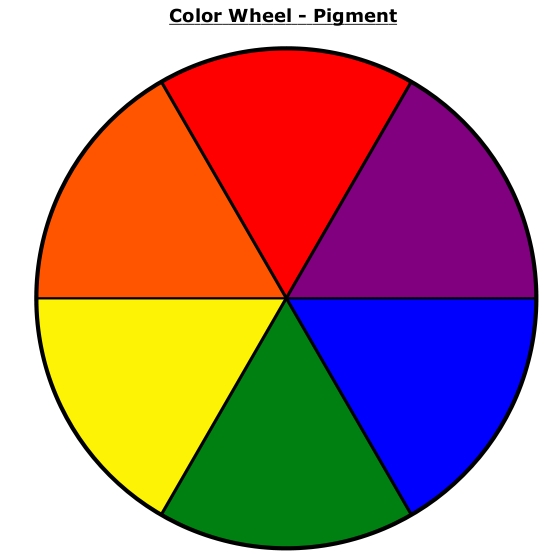How to Understand Color Theory and Pigments

You may find it amusing to go into details of the theory related to colours and pigments. You will need to ask yourself a few questions before you can fully understand the colour theory and pigments. And then there is some research involved as well. Fortunately, this task is very simple and you would not have to spend endless hours going through literature and books related to colours and pigments. However, if you are one of those people who do not fancy colours, you should probably let the idea go altogether.
Instructions
-
1
Ask yourself a simple question. What exactly is colour? Although the question seems very simple, yet most people may not know the answer. In simple words, colour may be defined as a perceptual characteristic of light. In other word, each colour is a tone, shade or attribute of light which was given an individual name in the past.
-
2
You need to understand that there are three possible means of describing a colour; name, purity or saturation and finally quantitative measure of lightness of value of a particular colour. Names are used to distinguish one colour from the other. For instance, red, blue, green, purple, yellow etc. are all names of different colours. Whenever someone says that a certain thing is red in colour, we can easily make a perception in our mind about the thing being discussed.
-
3
Going into a little more detail, you know that pink, crimson and maroon are all different shades of red. This means that whenever the saturation level or intensity of a colour varies, a different shade is created.
-
4
Understanding the terms saturation, chroma, intensity and luminance also known as value is also important. Saturation can defined as the quantitative measure of the purity of a colour. Chroma on the other hand, can be described as the measure of the saturation of a colour. Intensity help indentify if a colour is dull or sharp whereas luminance determine that amount of light which will be reflected back after falling on a particular colour.
-
5
The rest is very technical stuff. The basic theory which needs to be understood is that colours are simply countless different forms of light which in turn is found in many different shades and tones.







